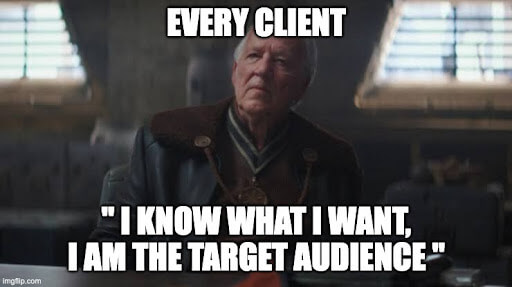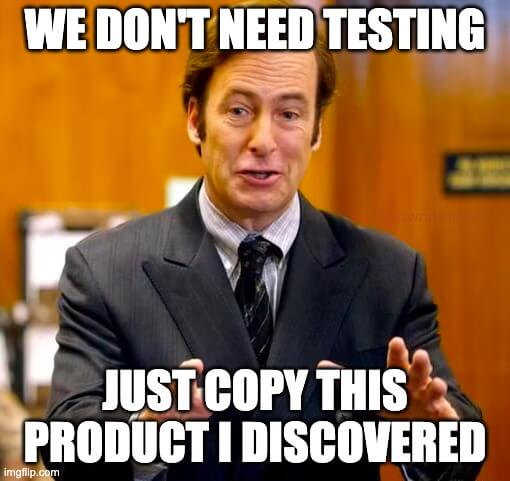Convincing Stakeholders to Invest in User Research

Having a tough time convincing your management or clients to invest in user research?
Here are a few tips to address the frustrations your client might have when it comes to user research.
Fact : user research does require investment.
Why, though?
Here’s why : User research requires time and commitment to research, plan, run tests, analyze and synthesize. It simply doesn’t amount to giving the user a beta version of the app and waiting for them to tell you what they like/dislike.
A UX designer’s role is quite unique such that the validation of their expertise depends on the end-users. UX folks really need to make other stakeholders understand what the user wants and why, and that’s tough because :

Where you might feel that you represent the viewpoints of the audience, an important thing to consider is that the behavior of millions of users could vary.
User research could identify diverse needs far more effectively than a singular perspective.
However, those that understand why UX is important are aware that design-centric companies have a higher ROI — why? Because they test and test until they’re sure they’re building exactly what the user expects and solving the user’s problem in an effective, efficient manner.
User research helps surface undetected usability issues, informs the design process and helps identify gaps
Since most people ignore the importance of user research, it results in products that don’t truly serve the purpose for its intended audience. By focusing more on user research, you are preparing for success.

Sure, but what if it doesn’t work with your audience?
User research helps surface undetected usability issues, informs the design process and helps identify gaps — enabling designers to solve real user problems and could potentially help your product take off.
“According to the dmi: Design Value Index, companies that meet specific design criteria outperform other S&P companies significantly ” — Maze
So the question remains: How do you convince your management team or clients to invest in user research?
It’s best to start by aligning product goals and acknowledging that all relevant stakeholders are driven by the same motivation — creating a product that has real impact on lives. While situations may vary, this generally serves as a good way to set the direction.
User research helps create an objective framework for decision making and having a more data-centric approach to settle the “ I think …” debate.
A testing mindset helps shift the focus to real user needs, helping avoid arguments over the importance of items such as a feature in the app or positioning of a button. The feedback from users through research thus helps create value in the design and development process.
Using this technique, opinions can be put to the test and measured against objective data captured from user research.
User research doesn’t only benefit the UX Team— in fact, far from it.
Investing in user research early on helps product creators find and fix issues with little to no cost, therefore avoiding any back-and-forths between stakeholders.
The potential advantages for everyone on the team:
- Designers receive usability insights early on and can iterate quicker, and better.
- Product owners can discover use cases they might not have thought of and marketers can uncover selling propositions.
- Avoids rebuilding features for developers as testing helps clear out initial issues that will only surface post-development if not tested before.
- Business owners can validate — or invalidate product ideas.
In short, it offers a chance for everyone to come together and learn more about the industry, the target market, and the product.
What most product stakeholders don’t realize
People often assume user research is a sign of weakness or an indication that the designer isn’t sure of what they’re building or that the app design failed — it’s not. It’s a step to make your product better and to increase the value that it provides to the customers because user behaviors are constantly changing and evolving, what works today might not work tomorrow — ask Clubhouse, an app that instantly took off and reached unbelievable highs until Twitter introduced spaces, but more on that in one of our next articles.
The product-building process is complex and often issues can slip under the radar, not detected until the launch and no product owner would ever want that.
Therefore, usability tests and user research even on a working product are necessary in order to iterate and evolve as your audience evolves — Instagram reels are a great example. Meta realized how the user behavior changed after TikTok came about and the reels became a key product feature.
So what next?
At the end of the day, getting executive approval comes down to a company-wide belief that user research will end up helping the business and improving the product, therefore as researchers and designers you will need to align under the same vision — providing value for the end user which in turn leads to better growth and profitability. All you need to do is be convincing with your vision, and show the value through a trial perhaps if it’s difficult to convince them to invest early on — because that’s what will happen, trust the process.






